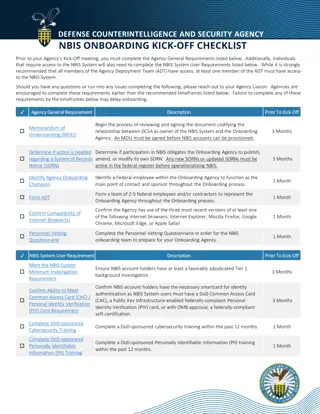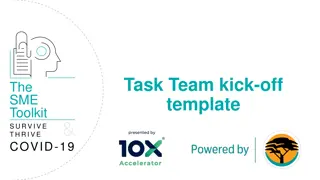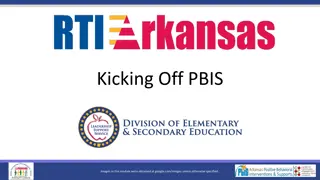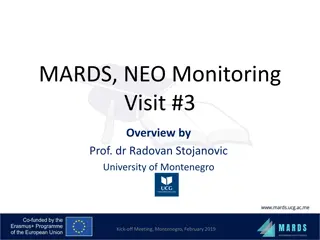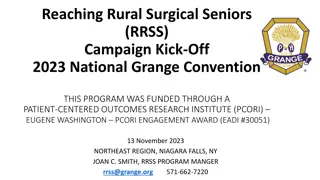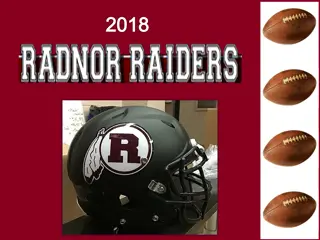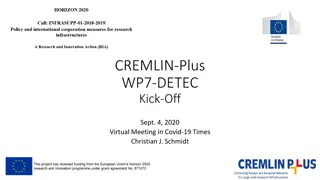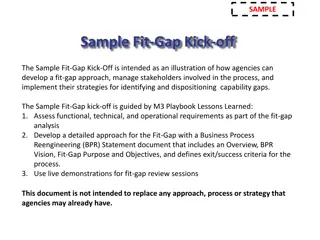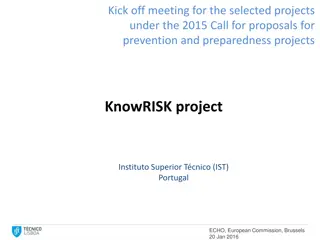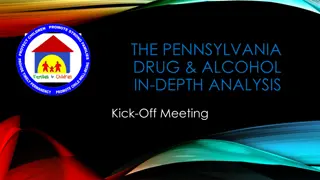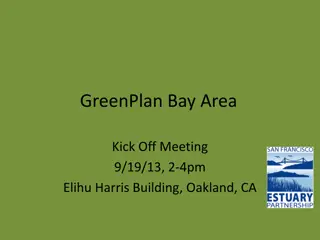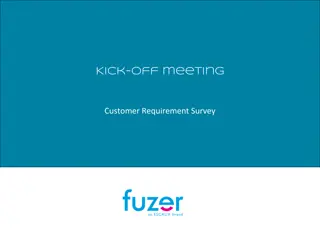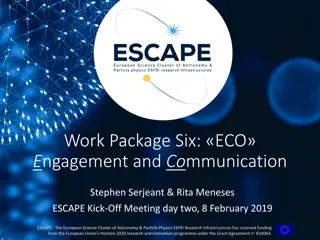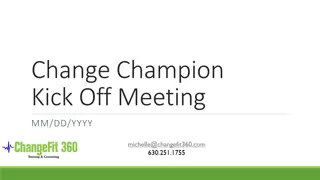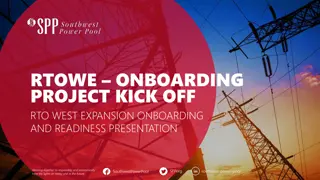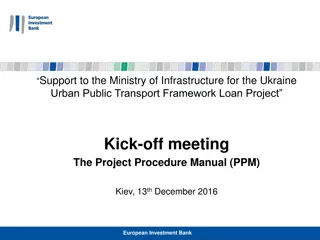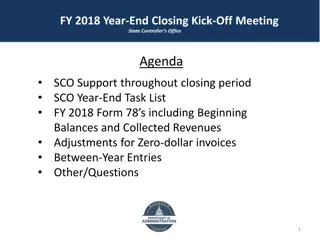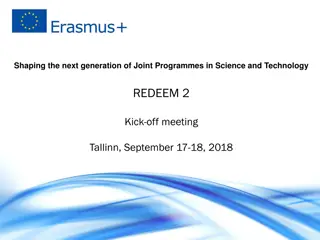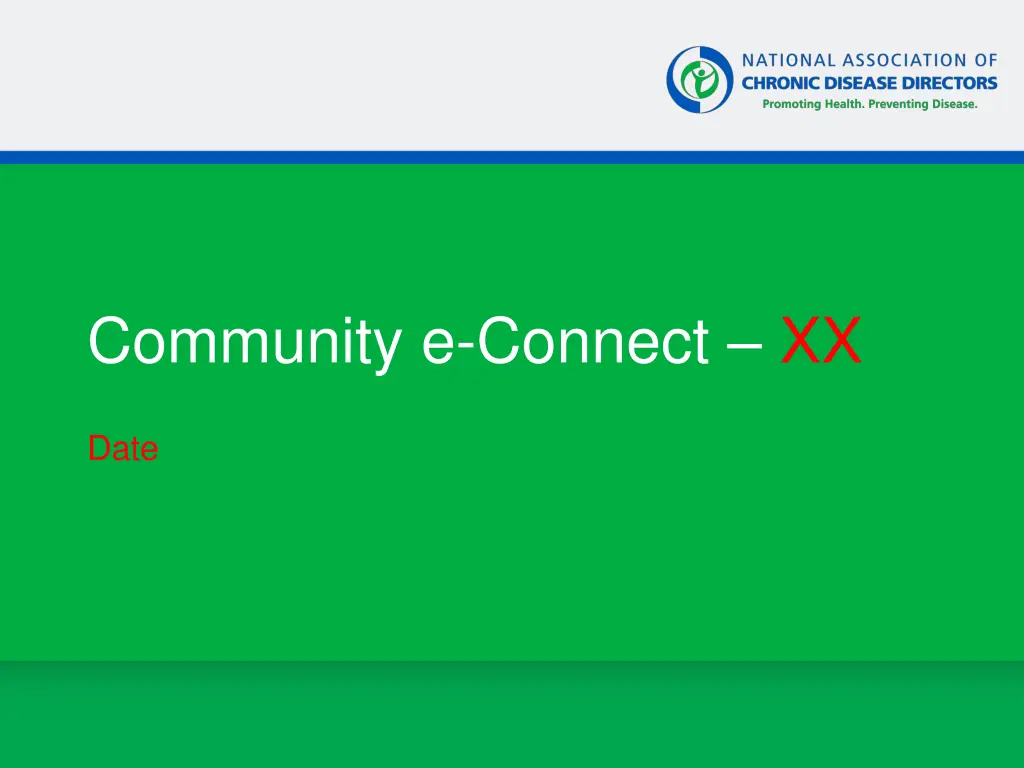
Connecting Community Health Records for Improved Care
"Learn about Community.e-Connect, a system enhancing communication between health records and community organizations. Explore the bi-directional data linkage, implementation methodology, and stakeholder engagement for seamless integration. Discover the benefits of the e-Referral Gateway and how legal agreements facilitate data sharing."
Download Presentation

Please find below an Image/Link to download the presentation.
The content on the website is provided AS IS for your information and personal use only. It may not be sold, licensed, or shared on other websites without obtaining consent from the author. If you encounter any issues during the download, it is possible that the publisher has removed the file from their server.
You are allowed to download the files provided on this website for personal or commercial use, subject to the condition that they are used lawfully. All files are the property of their respective owners.
The content on the website is provided AS IS for your information and personal use only. It may not be sold, licensed, or shared on other websites without obtaining consent from the author.
E N D
Presentation Transcript
Purpose Share updates and review next steps on implementing Community e-Connect (CeC) in XXX
The What What is Community e-Connect? Bi-directional linkage between clinical Electronic Health Records (EHRs) and community-based organizations (CBOs) Utilizes software derived from a Massachusetts pilot funded through a CMS State Innovation Model grant Can integrate with nearly any EMR CBOs use the web-based e-Referral Gateway to receive referrals and send feedback reports SOC2/HIPAA compliant
The How: e-Referral Gateway Initially, community organizations utilize the eRG to receive referrals and send feedback
The How: Implementation Methodology Phase 1: Get Ready Phase 3: Go Live Phase 2: Get Set Identify partners Conduct IT assessment Train staff Kick off meeting and stakeholder buy-in Confirm workflows/data elements with stakeholders Transition to Production Establish legal referral agreements Implement EMR enhancements and configure interfaces Monitoring and Quality Control Define workflows Evaluation Test referral pathway and data locations Determine data elements
Kick Off and Stakeholder Buy-In Goals: Bring together collaborating partners provide Provide a high-level overview of the project Obtain shared commitment to the overall goals and objectives of the project as well as the overall approach Discuss next steps and partner to-do's Next Steps: Schedule within a month of determining partners NACDD prepare presentation depending on intended audience s knowledge
Legal Agreement Goals: Establish a data-sharing MOU between the clinical and community partners Next Steps: NACDD share example MOUs Partners share within respective legal departments for input Partners collaborate to sign agreement
Trusted Agent Process Goals: MedAllies is Bowlink s HISP, which enables the processing of referrals and sharing of patient information Documents which describe CBO responsibilities are required to be signed This step is required to meet national interoperability standards Next Steps: Bowlink leads a call with CBO contacts to explain process and share TA Addendum (organization level) and TA Agreement (staff level) CBO secures appropriate signatures and requirements
Workflow and Data Elements Goals: Determine CeC workflow in detail, using examples provided by NACDD as starting points Document the workflow / process within each partner, for each referral type Review data element template and info to be exchanged Next Steps: NACDD share workflow toolkit and examples with partners Partners modify examples to match their intended workflow NACDD facilitates a mtg to combine partner workflows, determining feedback report frequency and triggers Review and finalize data elements
Workflow and Data Elements Develop a workflow map: Demonstrates the series of steps to accomplish a task Makes processes visible to all members of an organization Identifies opportunities for improvement Hold a facilitated workflow mapping meeting to identify: Current process (what we think is happening now if anything) Ideal process (what the process could be e-Referral) Attendees must be anyone who touches workflow buy-in all around Use the Workflow toolkit to facilitate the process
IT Assessment Goals: Review existing and planned IT capabilities including network, database and software applications Document the technical integration requirements between participant systems and the e-Referral system Review workflow and data element requests to ensure alignment with the capabilities of the integrated systems Next Steps: NACDD facilitates a meeting with clinical partner technical leads to review process Clinical partner reaches out to EMR vendor
Summary and Questions Kick off meeting with stakeholders Legal agreements Trusted agent forms Workflow and data elements IT Assessment

